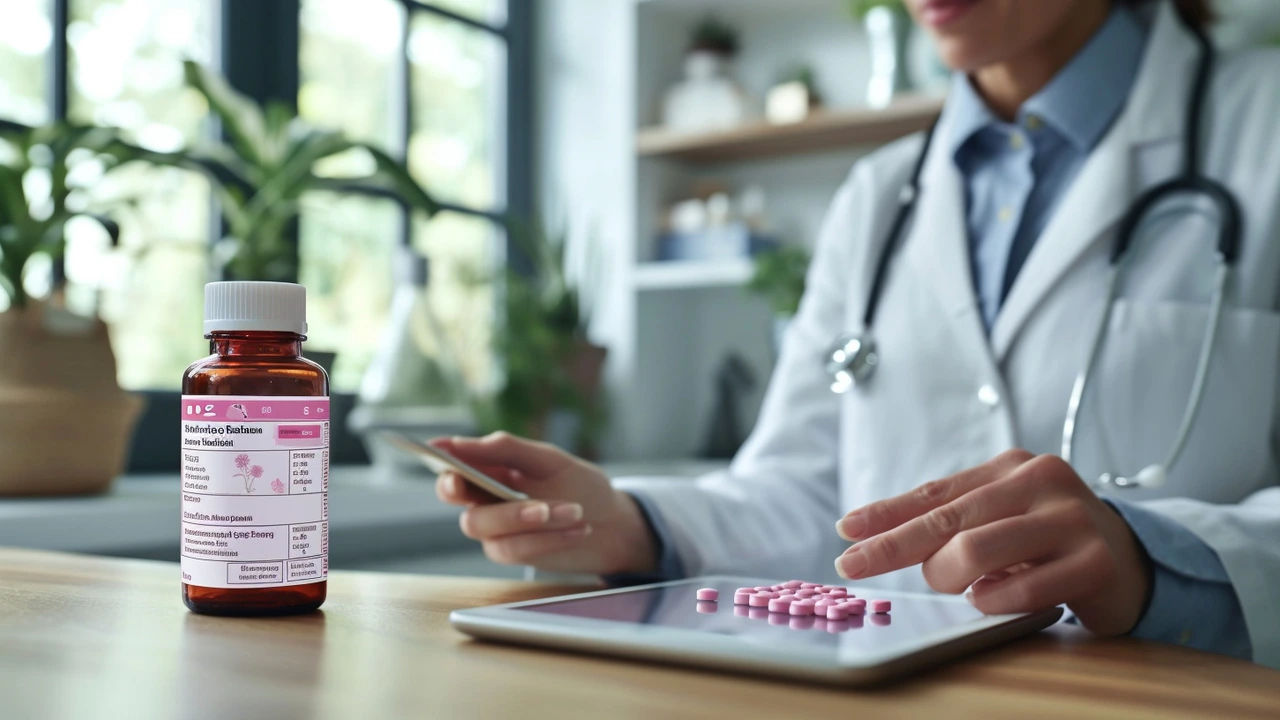Dosage Guide: How to Take Your Meds the Right Way
Getting the dose wrong can mess up your treatment or cause nasty side effects. Luckily, figuring out the right amount isn’t rocket science. Below are practical steps you can use every day, whether you’re popping a pill, measuring liquid syrup, or spraying your nose.
Read the Label and Know Your Unit
The first thing to do is look at the label. It tells you the strength (like 10 mg per tablet) and how often to take it. If the drug comes in a liquid form, check whether the concentration is mg/ml or mg/5 ml – mixing these up is a common pitfall.
For example, our post about Afrin dosage reminds users that the spray delivers 0.05 ml per actuation. Using two sprays means you’re getting 0.1 ml, not “two milliliters.” Small numbers matter.
Use the Right Measuring Tool
Never guess with a kitchen spoon unless the label says it’s safe. A proper dosing cup, syringe, or oral dropper gives you exact measurements. If you’re on a medication like Atorvastatin (Lipitor), the pill size is fixed, so counting tablets works fine. But for liquid antibiotics, a calibrated syringe eliminates the “half‑a‑spoon” guesswork.
If you have trouble seeing the markings, ask your pharmacist for a larger device or one with bold numbers. It’s a quick fix that saves headaches later.
Start Low, Go Slow
Many drugs work best when you begin with a low dose and increase only if needed. This approach reduces side‑effects and lets your body adjust. In our guide on buying Nitroglycerin online, we note that the sublingual spray often starts at 0.4 mg; patients are advised to wait five minutes before taking another dose.
If you’re older, have kidney issues, or take several meds, ask your doctor whether a reduced starter dose is safer for you.
Watch for Timing and Food Interactions
Some medicines need food, others must be taken on an empty stomach. Missing this detail can change how much of the drug actually gets absorbed. For instance, taking certain antibiotics with dairy can cut their effectiveness in half.
Set a reminder on your phone or use a pill organizer that separates morning, noon, and night doses. The visual cue helps you stay consistent.
When to Adjust or Stop
If you notice new symptoms – dizziness, rash, stomach pain – stop the medication and call your healthcare provider. Don’t try to “play doctor” by cutting the dose unless instructed.
Our article on OTC alternatives to Prednisone explains that switching from a prescription steroid to an over‑the‑counter option often requires a lower dose to avoid adrenal suppression.
Special Cases: Kids and Pets
Children rarely need the same amount as adults. Always use pediatric formulas when they’re available, and double‑check the weight‑based dosing chart that comes with the medication.
Never give human meds to pets unless a vet says it’s okay – even a tiny dose can be toxic for animals.
Keep a Record
Write down the drug name, strength, dose, time taken, and any side effects you notice. Over weeks, this log helps you spot patterns and gives your doctor solid info if something goes wrong.
In short, good dosage habits are all about reading labels, measuring accurately, starting low, timing right, and staying aware of how your body reacts. Follow these steps, and you’ll get the most out of every prescription while keeping risks to a minimum.

Urispas: Uses, Benefits, Side Effects, and Tips for Safe Relief of Urinary Discomfort
Urispas is a go-to medication for urinary discomfort, helping people manage bladder pain and urge symptoms. Find out how it works, real uses, safety tips, and more.
Read More
Exploring the Best Hydroxychloroquine Deals Online: A Comprehensive Guide
This article dives into finding the best Hydroxychloroquine deals online, offering a wealth of information on its medical uses, side effects, and recommended dosages. It is crafted to guide readers through the complexities of this medication, making the process of obtaining it more accessible and understandable. By exploring Hydroxychloroquine's interaction with other drugs and highlighting tips for users, this piece aims to be an essential read for anyone considering this treatment.
Read More